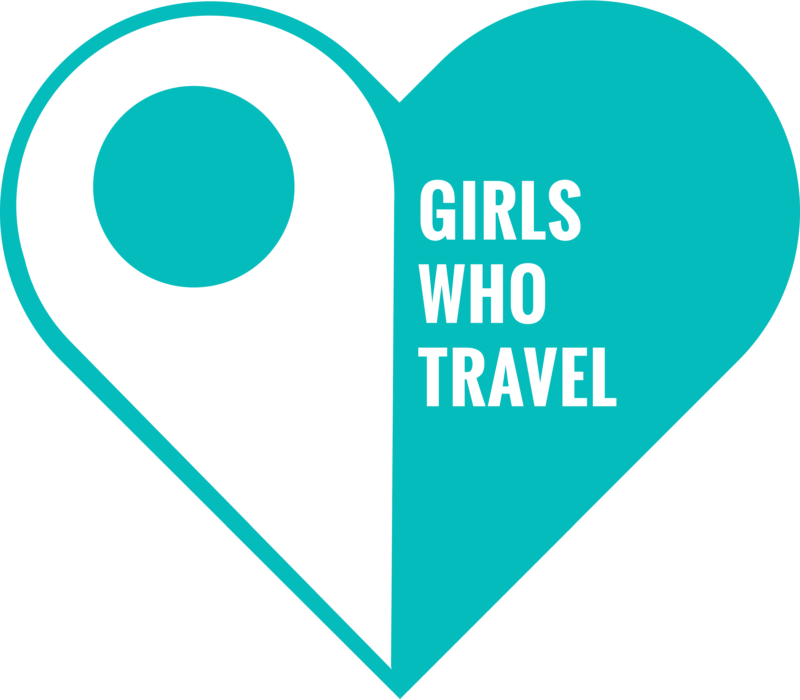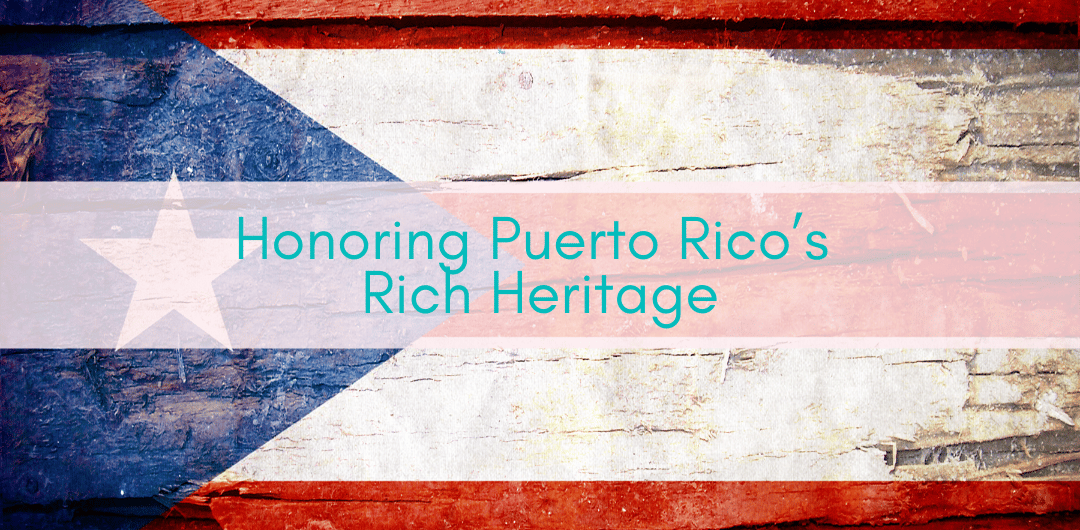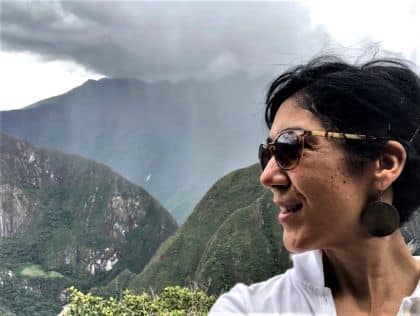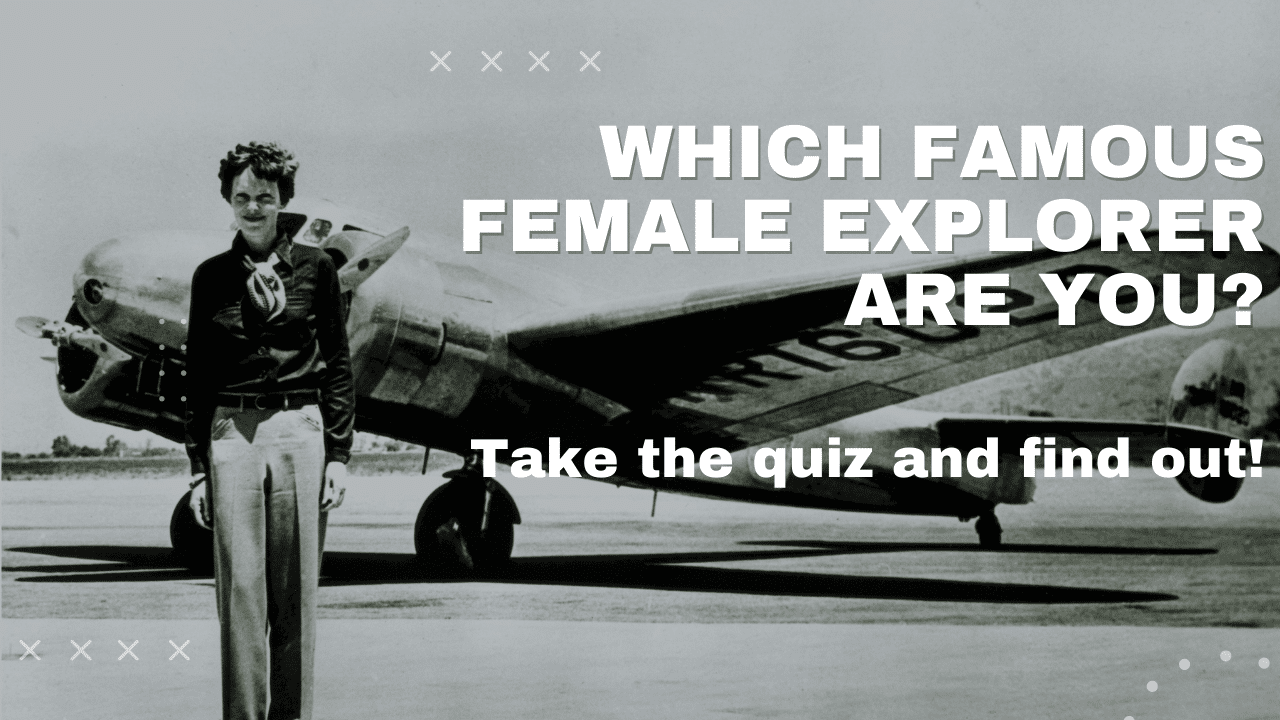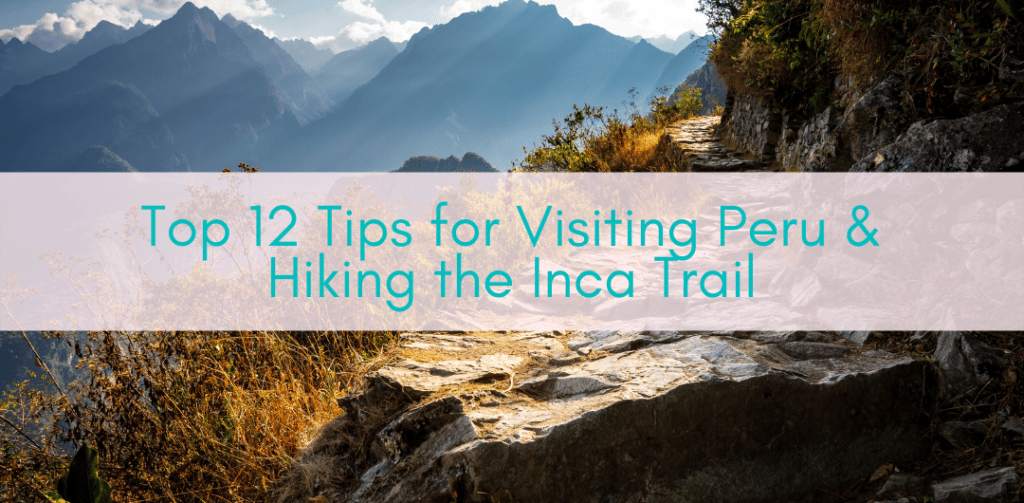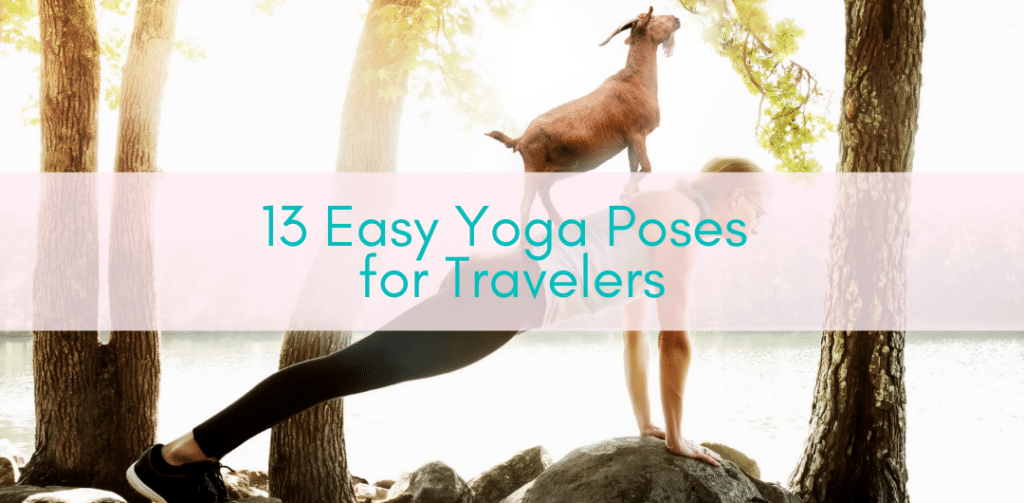Travelling is one of life’s greatest gifts. And learning to do so in a socially conscious manner is one of our most important responsibilities.
Honoring Puerto Rico’s Rich Heritage

The fact that Puerto Rico is a U.S. territory (many of us use the term “colony” as a more accurate label) inevitably means that for some, they’ll think they’re simply visiting another state. This is not only incorrect but often leads to misunderstandings about its warm people (Boricuas) and our vibrant culture.
For a deeper dive into this fascinating archipelago, read on for ways to honor and enjoy its beauty.
Revisiting History
Borikén, the indigenous name for Puerto Rico, means Land of the Valiant and Noble Lord. Comprised of smaller islands, Vieques, and Culebra, it is a Caribbean archipelago whose original inhabitants, the native Taíno called home long before the Spanish arrived.
As hunter-gatherers, their small villages were headed by a cacique (chief), and they largely depended on root vegetables such as yuca (cassava), sweet potatoes, as well as what they hunted and fished.
Christopher Columbus did not discover Borikén! Arriving on his second mission to the Indies, in 1493, they anchored and renamed Borikén, San Juan Bautista. Sent by the Spanish crown Ferdinand II and Isabella I, they claimed the land as theirs.
For over 400 years, Puerto Rico was held as a Spanish colony. In 1898, with The Spanish-American-Cuban-Filipino War, Puerto Rico was ceded to the United States as a strategic military outpost. To this day, the archipelago remains under U.S. control. And while there is a segment of the population fighting for its independence as a sovereign nation, the issue of whether we are a colony remains strongly debated.
African Heritage
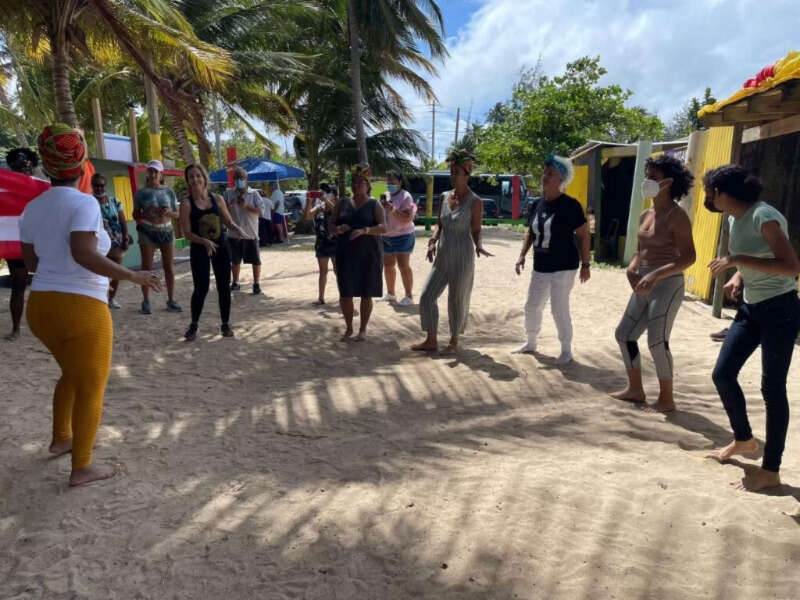
While it’s commonly known that Spaniards arrived in Borikén — they encountered our Indigenous Taíno peoples — our African heritage is sometimes less known.
Enslaved persons were brought here in 1513. It wasn’t until 22 March 1873 that the Spanish National Assembly would abolish the horrific institution. For many of us, it’s crucial that we honor our African ancestors. And through our bomba folk tradition, we have found one way to do so.
Dr. Vimari Colón-León, Advisor at NAfME (National Association for Music Education), describes bomba best, in the article, Bomba: The Sound of Puerto Rico’s African Heritage:
Bomba is an emblematic Puerto Rican musical genre that emerged 400 years ago from the colonial plantations where West African enslaved people and their descendants worked. It remains one of the most popular forms of folk music on the island and serves as significant evidence of its rich African heritage.
Bomba dates back to the beginning of the Spanish colonial period (1493–1898). The practice was developed by West African enslaved people and their descendants, who worked in sugar plantations along the coast of Puerto Rico (Ferreras, 2005). The towns of Mayagüez, San Juan, Loíza, and Ponce, among others, were the cradle of the various styles that make up this genre. In these areas, cane workers released feelings of sadness, anger, and resistance through fiery drums played in dance gatherings called Bailes de Bomba (Bomba Dances). Enslaved people also used them to celebrate baptisms and marriages, communicate with each other, and plan rebellions (Cartagena, 2004). The roots of this tradition can be traced to the Ashanti people of Ghana, and the etymology of the word “bomba” to the Akan and Bantu languages of Africa (Dufrasne-González, 1994; Vega-Drouet, 1970
Local Language
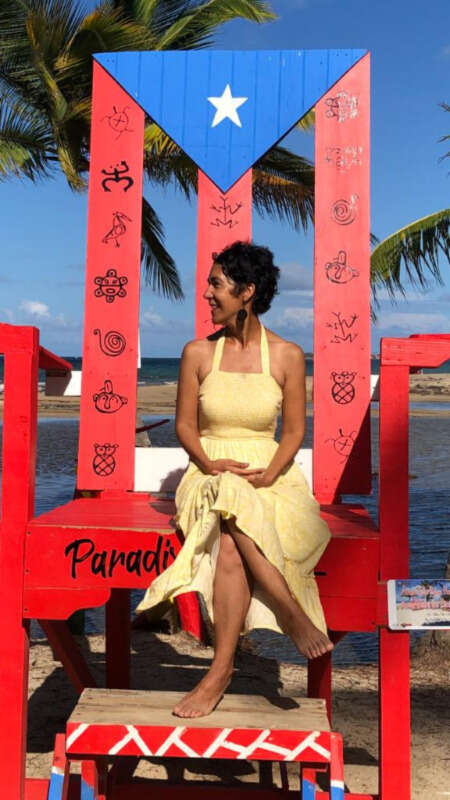
To say that many Boricuas speak both español and inglés is a given. Certainly, the native language of the archipelago is Spanish — with English being the second one. But, the topic of how we communicate goes much deeper than simply saying one or the other is dominant.
Keeping in mind the history, it’s no surprise our language blends indigenous and African words. For example, hamaca (hammock), barbacoa (barbeque), huracán (hurricane), all Taíno labels are still used. And even more important, the names of several towns are referred to with their indigenous names: Utuado, Mayagüez, Caguas, and Humacao.
Regarding our African heritage, we use words such as ñame (a fleshy root vegetable), gandules (pigeon peas), and chévere (slang for saying something is cool or awesome). The language is also alive in our bomba music, though much is in español, the vibe is as colorful as our vibrant culture.
Another aspect of how we communicate with one another is what we call Spanglish — a mix of Spanish and English. It sounds something like this:
Hoy voy a the supermarket to buy comida, porque en casa there’s no food.

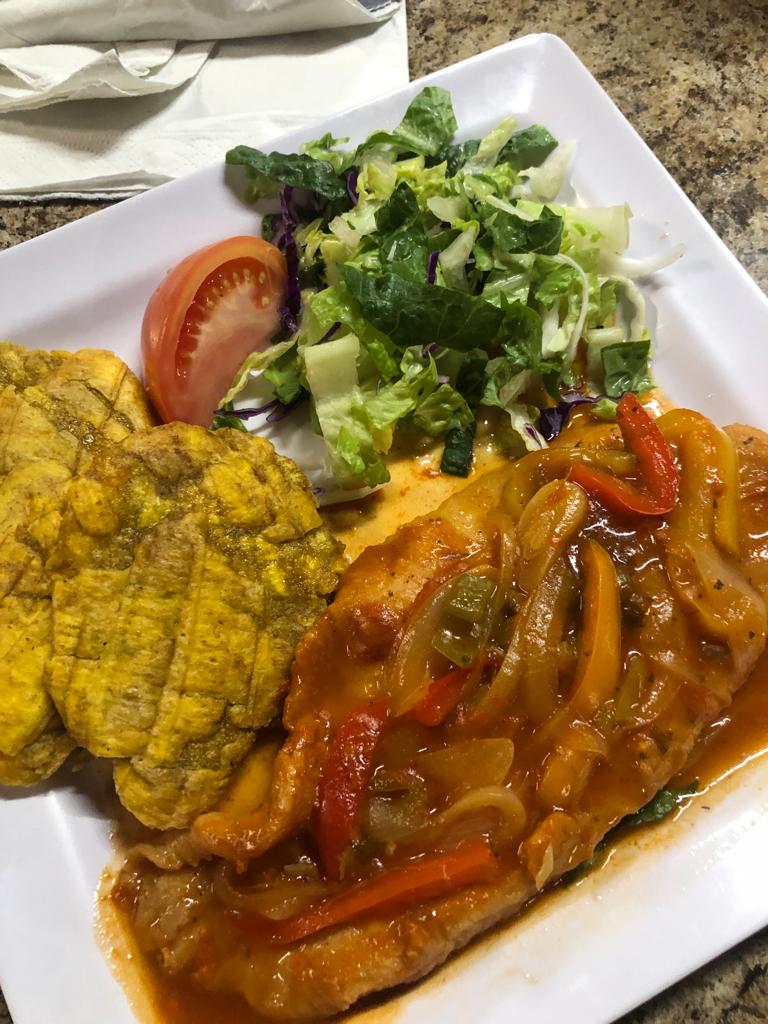
While some might consider it the “bastardization” of español, for many of us (especially those whose first language is not Spanish) it is a seat wherein we feel most comfortable.
Whether it’s Spanish or Spanglish, one thing is certain — communicating on the archipelago gives visitors another window into Puerto Rican culture. For a peek into picking up a bit of the local lingo, check out artist/writer/world traveler, Besanya Santiago Ayala’s Essential Guide to Sounding Like a Boricua.
A Matter of Pride
For many, the national flag is closely connected to one’s identity. Seen flying outside of homes, on government buildings, even placed on graves at the cemetery — reminding us of who we are. It is a symbol of pride and seeing it often brings tears to our eyes.
At events celebrating our culture, here on Borikén (as well as state-side), you’ll hear countless voices rising to a melody of que bonita bandera, que bonita bandera, que bonita bandera — la bandera puertorriqueña (what a pretty flag, what a pretty flag, what a pretty flag — the Puerto Rican flag).
One reason why many Boricuas are extremely proud of our bandera is because there was a time when owning/displaying one was considered a crime. TimeGraphics outlines the 1948 Ley de la Mordaza (Gag Law 53):
Signed into law by the U.S.-appointed governor of Puerto Rico Jesús T. Piñero. The act made it a crime to own or display a Puerto Rican flag, to sing a patriotic tune, to speak or write of independence, or to meet with anyone or hold any assembly in favor of Puerto Rican independence. The law was repealed in 1957 on the basis that it was unconstitutional as protected by freedom of speech within Article II of the Constitution of Puerto Rico and the First Amendment of the Constitution of the United States.
Since the U.S. maintains the archipelago as a colonial territory, it is unfortunately near impossible to visit without seeing that country’s flag on bridges, municipal offices, school entrances. For this reason, visitors to Borikén can show their respect in a number of ways:
- acknowledge the Puerto Rican flag (e.g., at tourism centers ask questions about it, be inquisitive)
- avoid wearing t-shirts (baseball caps, etc) bearing the U.S. flag
- educate yourself on the flag’s history, including the Grito de Lares (learn about Puerto Rico’s Revolutionary Flag)
- not buying items displaying the Puerto Rican flag with the U.S. flag (or with the latter alone)
Whether visiting for a short weekend or a longer stay, a trip to Borikén offers many opportunities to bask in the natural splendor of its landscapes and experience a captivating culture. To fully appreciate all that the archipelago is comprised of, it’s essential to keep respect in the forefront. And come with a few gracious Spanish words in your toolbox — you’ll certainly find it enhances your interactions with locals.
Lola is a poet, travel blogger, translator, and cultural storyteller. Completing her 200-hour Yoga Teacher Training in 2016 helped her begin the healing process of a painful divorce. Fiercely proud of her Indigenous and African roots, much of Lola’s work celebrates vibrant female voices. Outside of global trekking and crafting stories, she counts tango as another passion. In late 2021, Lola returned home to her precious Borikén where she is working (with her friend and business partner, Yuma) to bring collective healing through yoga, meditation, and the Afro-Boricua bomba folk tradition.
